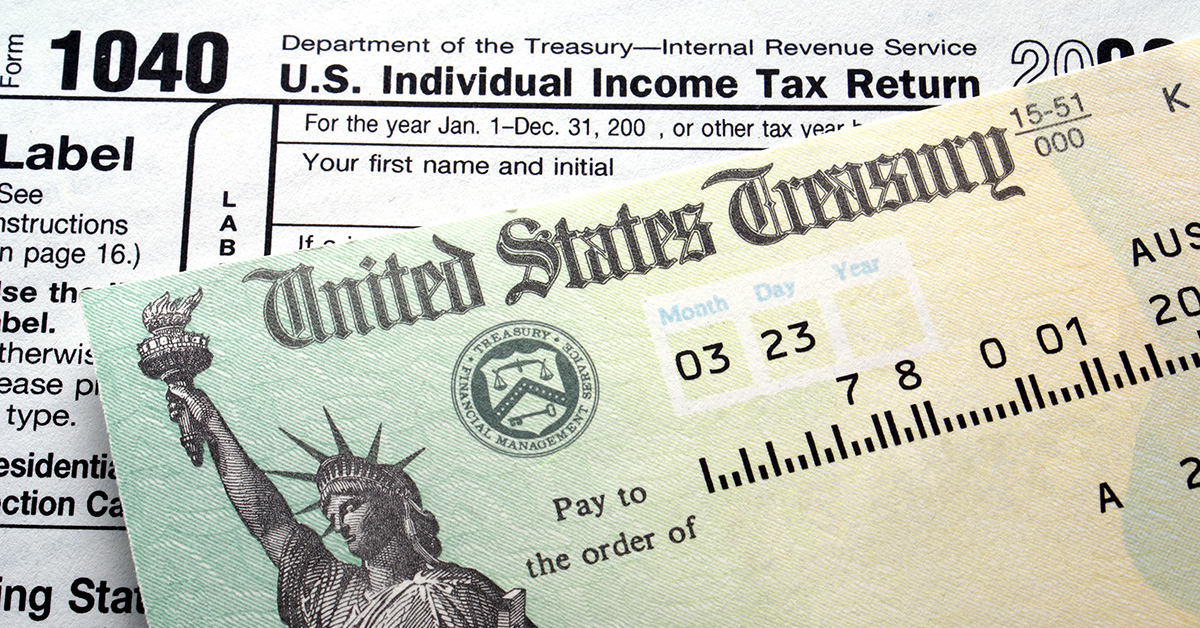[ad_1]
You are beginning to panic. You just heard that the IRS has begun to allow folks to file their taxes. And, you have nothing ready yet.
Which makes today a great day to create your folder for tax documents.
Nowadays, many of your items are available electronically- so there’s no need to wait for a paper copy to arrive by snail mail. And, we suggest you put 10 pages into this folder- which can be a paper folder or an electronic one. (If you are using paper, different colors work best so you can keep things organized- or you can use divider tabs.)
#1. A list of all W-2’s you should be getting. One from each employer from which you received a pay check.
# 2. A list of all 1099’s you will be getting from your gig activities- consulting, driving an Uber, honorariums, etc.
# 3. A list of all 1099’s you will get from every bank account that pays interest, dividends from mutual funds and stocks, stock sales, and mutual funds (typically reporting capital gains and dividends).
# 4. A list of all K-1’s you will get from partnerships, S entities, LLC’s, REIT’s, etc.
#5. A list of all 1099R’s and W2P’s for all pension, retirement funds, withdrawals from IRA’s, and 401(k) distributions.
# 6. A list of all 1099’s you will get for any unemployment checks, Social Security benefits, and state income tax refunds.
# 7. A list of 1098’s received for all mortgage payments. These should also list the property tax paid for each property. (If you pay them directly, go to your county website and download a record of all payments made this calendar year.)
# 8. A list of all dates you were away from home on business so the per diem deductions can be determined. (If you spent the night in a hotel, this is where these should also be recorded.)
# 9. A list of any IRA or 401(k) contributions made during the year. This is also where you should write down how much that contribution you’ll be making before you file your taxes. (It is the maximum allowed by law, right? And, if you don’t have an IRA, you do know that you can start and fund one up until the 15th of April- the filing deadline. Don’t forget!)
# 10. A list of all estimated tax payments made to the Federal government and to your state taxing authority during the year. (The normal deadlines is 15 April, 15 June, 15 September, and 15 January- of the next year.)
Having these lists- and then crossing off each item when you receive or download them- will make it clear when you are able to begin processing your 2019 tax returns.
[ad_2]
Source by Roy A. Ackerman, Ph.D.






